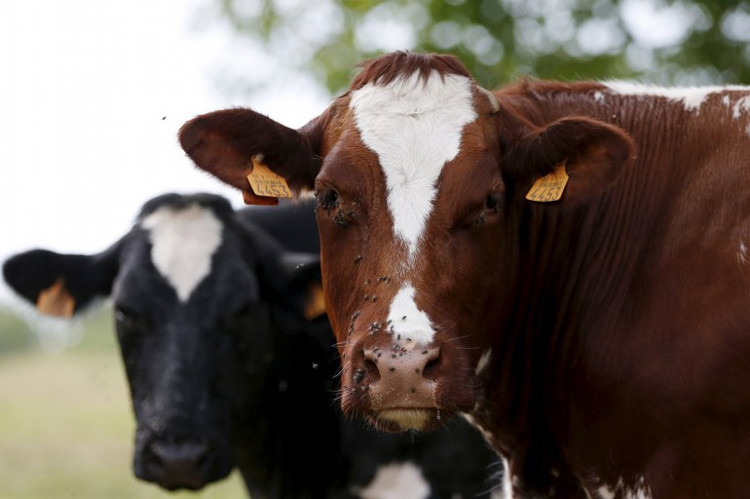New findings on the risk of infection 'mad cow' in humans
The abnormal protein (prion) that causes CJD is also known not only in the patient's brain as this old knowledge but also on the patient's skin.
New research results published in Science Translational Medicine raise concerns about the infectious potential of this disease.
To achieve this result, the researchers conducted a study based on skin samples from 38 patients who concluded that they had died from mad cow disease. A new, high-precision technique is also used to measure prion levels in diseased skin samples. Extracted prions show the ability to infect and cause disease when introduced into mice.
However, research has also shown that the ability to spread the disease through normal contact is almost impossible because the amount of prion on the skin is thousands to hundreds of thousands times lower than the amount of prion in the patient's brain. The possibility of infection from prion on the skin mainly occurs when performing common surgeries on body parts outside the patient's brain.

Although it is a rare disease with a rate of 1/1 million people per year, this is an "incurable" disease.
The lead author of the study, expert Wenquan Zou, said the risk of infection with this deadly disease has always been known due to infection during surgery or treatment using the Prion-infected brain tissue. So the detection of prions that exist on the patient's skin is considered an important discovery, which not only helps to show another risk of infection but also opens up biopsy or screening methods to improve diagnostic outcomes. Early disease or disease detection when examined.
He also said that the autopsy method to determine the cause of death is particularly useful in countries where it is not easy to accept brain surgery such as China or India, the most densely populated places in the world. gender. The authors also argue that more research is needed to gain a more in-depth understanding of the risk of this dangerous disease.
Although it is a rare disease with a rate of 1/1 million people per year but this is an "incurable" disease , the disease progresses very rapidly and causes death within a year. The initial symptoms are small holes in the brain, sudden memory loss or vision, behavioral changes and impaired coordination.
The disease was really noticeable for several decades before some British patients became infected by eating infected meat. The situation was so serious that in 1996, the European Union (EU) issued a ban on trade and consumption of beef and related products originating from the UK globally and it took three years after the ban. This is just removed.
According to the World Health Organization (WHO) statistics from October 1996 to March 2011, there were 224 cases of CJD, mainly in the UK.
- How to prevent flu infection on aircraft
- Using medicine when being bitten by animals, insects burn
- Obese patients are very at risk of complications after surgery
- Prospects gel to help women fight HIV
- Taking PrEP can help eliminate the risk of HIV infection
- There is already an HIV vaccine in normal people
- Issue new guidelines for diagnosis and prevention of infection with influenza A (H5N1) in humans
- The risk of infection when sharing steam instruments
- Humans were once at risk of extinction
- How is the virus spread if you share a plane with an ill person?
- New findings help determine breast cancer risk
- Warning Ebola outbreaks can spread to East Asia
 Green tea cleans teeth better than mouthwash?
Green tea cleans teeth better than mouthwash? Death kiss: This is why you should not let anyone kiss your baby's lips
Death kiss: This is why you should not let anyone kiss your baby's lips What is salmonellosis?
What is salmonellosis? Caution should be exercised when using aloe vera through eating and drinking
Caution should be exercised when using aloe vera through eating and drinking